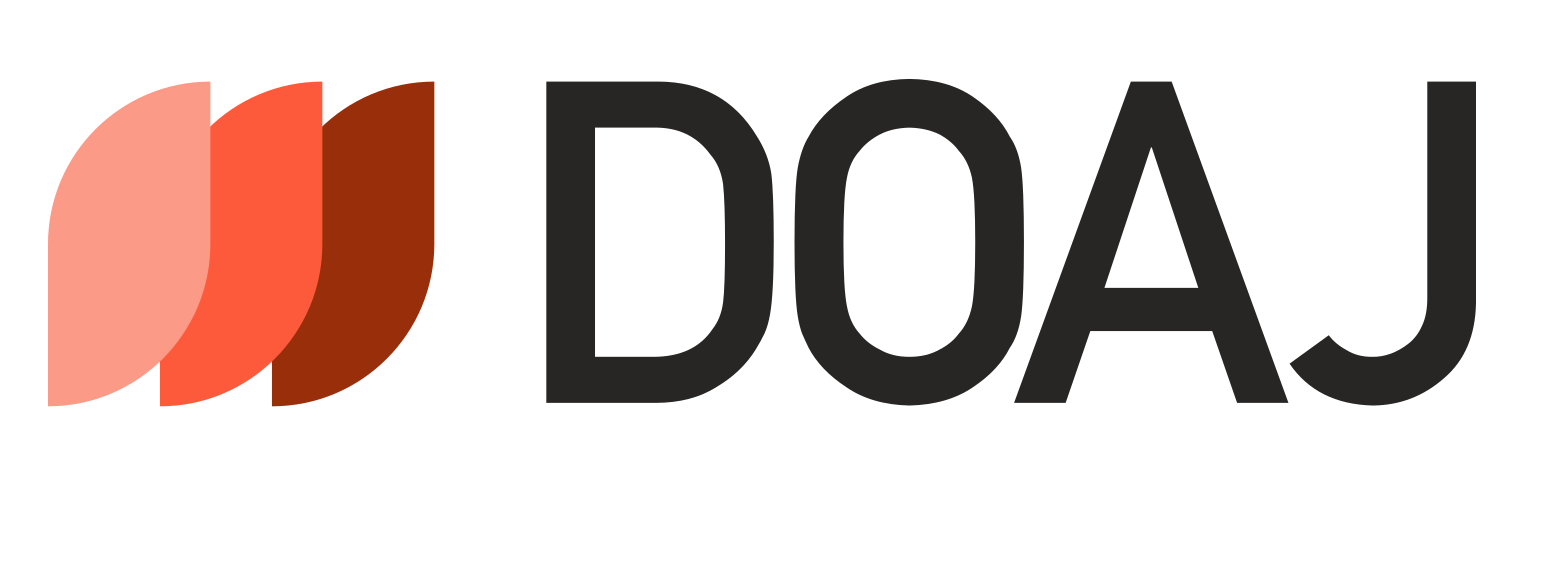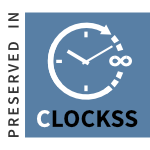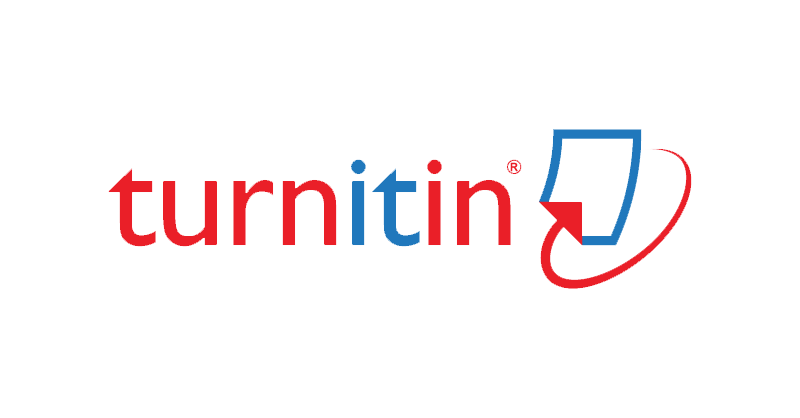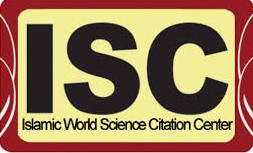The Impact of Artificial Intelligence on the Environment from the Perspective of Iraqi Criminal Law
DOI:
https://doi.org/10.35246/qqb5n306Keywords:
Artificial Intelligence, Environment, Criminal Liability, Impact, Danger, EmissionsAbstract
Artificial intelligence has a two-fold impact on the environment in which humans live. It is positive in preserving the environment by repelling the dangers of machines and technology, on the one hand, and negative in its impact on humans through radioactive emissions, gases, and machines used by these technologically advanced devices locally and internationally and the extent of their impact on humans.
Through this research, we will discuss the Iraqi legislation that dealt with the protection and improvement of the environment and its preservation from dangers, including the Iraqi Penal Code No. 111 of 1969 as amended, the Environmental Protection and Improvement Law No. 76 of 1986, the Environmental Protection and Improvement Law No. 3 of 1997, the Environmental Protection and Improvement Law in the Kurdistan Region No. 8 of 2008, the Environmental Protection and Improvement Law No. 27 of 2009 in force, the Ministry of Environment Law No. 37 of 2008, and Instructions No. 1 of 2013 issued by the Iraqi Ministry of Environment, and the extent of the positive and negative impact of artificial intelligence on the environment and when criminal liability is established.
Downloads
References
Sources and References
First: Legal books:
I. Dr. Mohsen bin Ali Faris Al-Hazmi, The Fourth Industrial Revolution: Medical Achievements and Accompanying Challenges, a research paper published at the International Islamic Fiqh Academy Conference, the twenty-fourth session, Dubai - United Arab Emirates, 2019
II. Dr. Maysoun Khalaf Al-Hamdani, Constants of Criminal Law and Developments in Artificial Intelligence (Exclusions of Criminal Liability as a Model), Journal of the College of Law for Legal and Political Sciences, Volume 13, Issue 47, 2023.
III. John McCarthy, What is Artificial Intelligence, Stanford University, a research paper published at the link http://jmc.stanford.edu/articles/whatisai.html, dated 8/18/2022
IV. Abu Bakr Khawaled Khair al-Din Bozrab, The Effectiveness of Using Artificial Intelligence Applications to Confront the Corona Virus (Covid-19) South Korea's Experience as a Model, a published research in the Journal of Management and Economics Research, Volume 2, Issue 2 Special, Year 2020
V. Zeina Malik Arabi, The Risks of Artificial Intelligence on Iraqi National Security, Publication Series of Al-Bayan Center for Studies and Planning, Year 2023.
VI. Dr. Mahdi Hamdi Mahdi al-Zuhairi, Hamad Karim Hamad Karadi, M. Hind Abdul Amir Hamid Alloush, The Role of Environmental Monitors and Environmental Police in Protecting the Environment in Iraqi Law, A Comparative Study, Qa La Zanist Scientific Journal, a scientific journal of the Lebanese-French University - Erbil Kurdistan, Iraq, Volume 8, Issue 3, Year 2023.
VII. Ryan Soft Company for Designing and Programming Special Programs, Artificial Intelligence Applications in the Environment: Ally or Enemy, published on the link raiyansoft.com, publication date 16/July/2024, visit date 27/1/2025.
VIII. Muhammad Abbas Hamoudi Hussein Al-Zubaidi, and Nour Qais Muhammad Shaheen, The Crisis of the Criminal Text in the Face of Artificial Intelligence Crimes, an Analytical Study, Al-Zaytoonah University of Jordan Journal of Legal Studies, Special Issue, 2024
IX. Ali Hussein Jabbar, Criminal Liability for Environmental Pollution Crimes for Natural and Legal Persons and Their Resulting Effects, An Analytical Comparative Study, Iraqi University Journal, Issue 60, Vol. 2.
X. Muhammad Najib Hassani, Explanation of the Penal Code, General Section - General Theory of Crime, Dar Al-Nahda Al-Arabiya, Cairo, 2016.
XI. Muhammad Jibril Ibrahim Hassan, Criminal Liability Arising from the Harms of Using Artificial Intelligence in the Medical Field, an Analytical Study, Special Issue for the International Conference.
XII. Dr. Abdul Moneim Abdul Wahab Muhammad, The Legal System for Protecting and Improving the Environment in Iraqi Legislation.
Second: Judicial decisions:
I. Federal Court of Cassation Decision No. 509/Civil Authority/2025 Decision Sequence 645 Decision Date 1/21/2025.
II. Ministry of Justice - State Shura Council Decision No. 75/2015 Decision Date 7/12/2015 Ministry of Justice website Publication Date 8/20/2015, Visit Date 2/3/2025.
Third: Constitutions, legislation and legal instructions:
I. The Iraqi Penal Code in force No. 111 of 1969 as amended.
II. The Iraqi Environmental Protection and Improvement Law No. 76 of 1986, repealed.
III. The Iraqi Environmental Protection and Improvement Law No. 3 of 1997, repealed.
IV. The Permanent Constitution of the Republic of Iraq for the year 2005.
V. The Kurdistan Region Environmental Protection and Improvement Law No. 8 of 2008, in force.
VI. The Iraqi Environmental Protection and Improvement Law No. 27 of 2009, in force.
VII. Ministry of Environment Instructions No. 1 of 2013.
Downloads
Published
Issue
Section
License

This work is licensed under a Creative Commons Attribution 4.0 International License.
Copyright and Licensing:
For all articles published in Journal of Legal Sciences, copyright is retained by the authors. Articles are licensed under an open access Creative Commons CC BY 4.0 license, meaning that anyone may download and read the paper for free. In addition, the article may be reused and quoted provided that the original published version is cited. These conditions allow for maximum use and exposure of the work.
Reproducing Published Material from other Publishers: It is absolutely essential that authors obtain permission to reproduce any published material (figures, schemes, tables or any extract of a text) which does not fall into the public domain, or for which they do not hold the copyright. Permission should be requested by the authors from the copyrightholder (usually the Publisher, please refer to the imprint of the individual publications to identify the copyrightholder).
Permission is required for: Your own works published by other Publishers and for which you did not retain copyright.
Substantial extracts from anyones' works or a series of works.
Use of Tables, Graphs, Charts, Schemes and Artworks if they are unaltered or slightly modified.
Photographs for which you do not hold copyright.
Permission is not required for: Reconstruction of your own table with data already published elsewhere. Please notice that in this case you must cite the source of the data in the form of either "Data from..." or "Adapted from...".
Reasonably short quotes are considered fair use and therefore do not require permission.
Graphs, Charts, Schemes and Artworks that are completely redrawn by the authors and significantly changed beyond recognition do not require permission.
Obtaining Permission
In order to avoid unnecessary delays in the publication process, you should start obtaining permissions as early as possible. If in any doubt about the copyright, apply for permission. Journal of Legal Sciences cannot publish material from other publications without permission.
The copyright holder may give you instructions on the form of acknowledgement to be followed; otherwise follow the style: "Reproduced with permission from [author], [book/journal title]; published by [publisher], [year].' at the end of the caption of the Table, Figure or Scheme.











